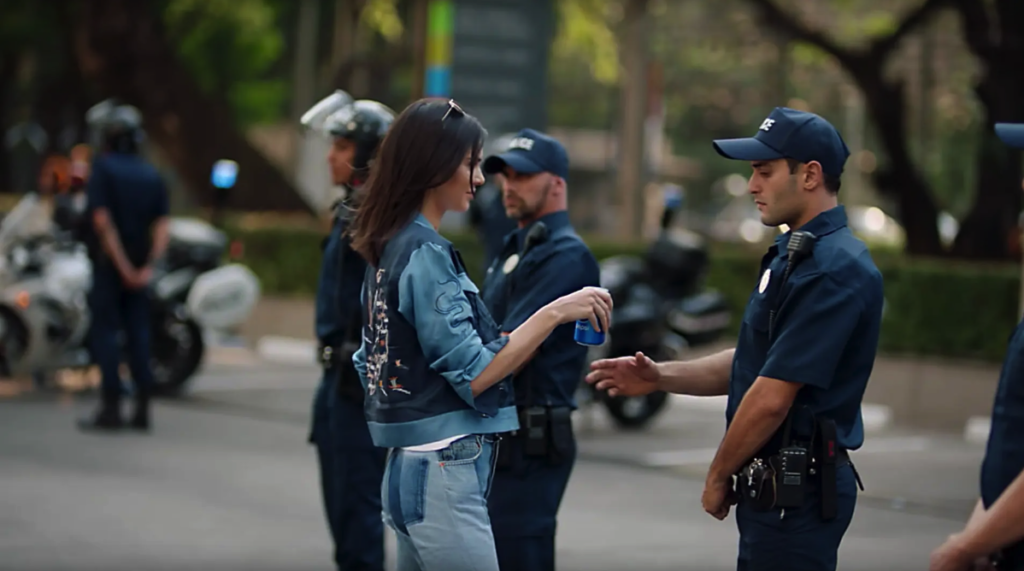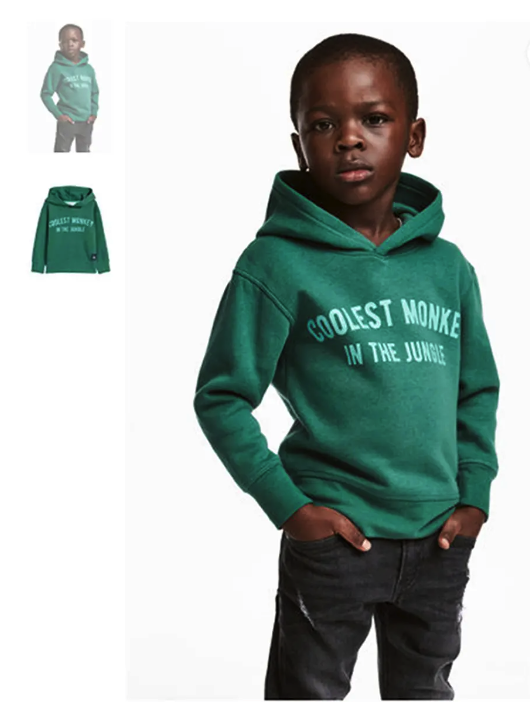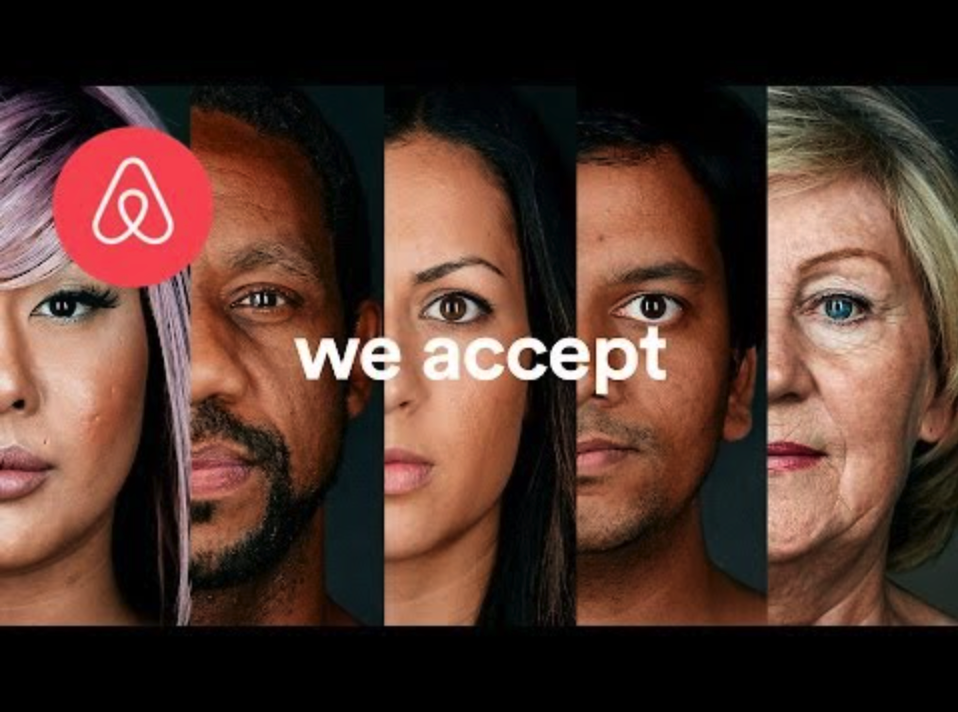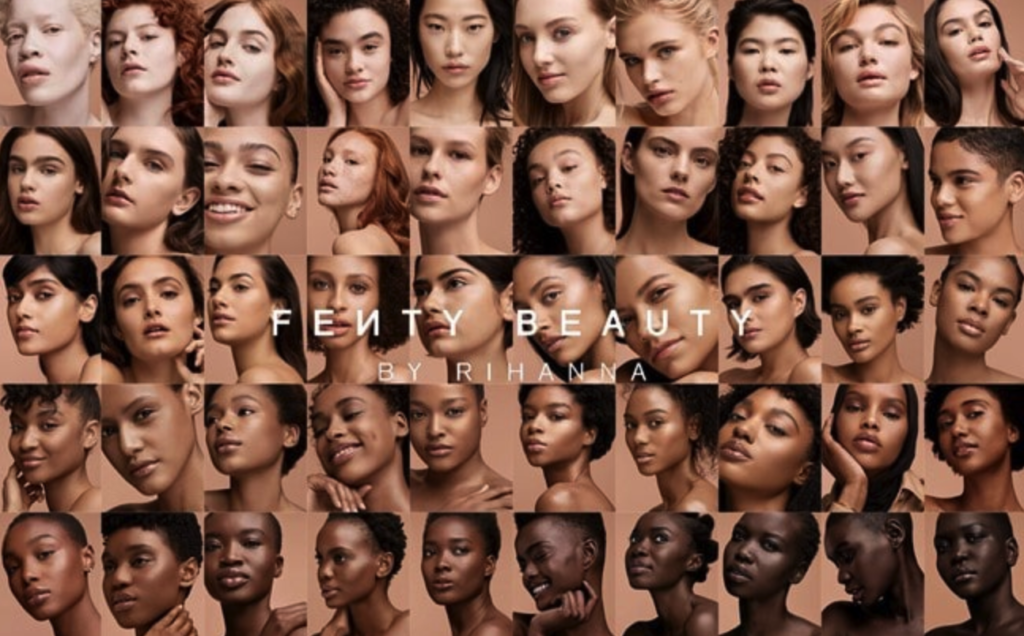When developing a digital marketing strategy, it’s essential to consider the importance of inclusive language in your marketing campaign to appeal to a broad target audience. Inclusive language can promote equality and respect for all, avoiding stereotypes or exclusionary language, which is especially important in today’s diverse world. Incorporating inclusive language into your digital marketing campaign, especially TikTok, can benefit your target audience and help your brand establish a more positive image.
Why Using Inclusive Language Matters in Digital Marketing
When creating digital marketing campaigns, using inclusive language is a must-have rather than a “nice-to-have.” Inclusive language plays a significant role in making sure that your brand doesn’t offend or alienate any of your target audience, especially on a platform as diverse as TikTok. By using inclusive language, your brand can communicate its values of diversity, equity, and inclusion, creating a welcoming environment for everyone. This can increase customer loyalty, enhance brand reputation, and ensure that your message resonates with a broader audience, making TikTok a valuable platform to consider in your digital marketing strategy.
The Benefits of Inclusive Language for Your TikTok Marketing Strategy
TikTok’s user base is known for its diversity and inclusivity, with predominantly younger users where 60% of users are Gen Z, making it a valuable platform to consider in your digital marketing strategy. Incorporating inclusive language can help your brand appeal to this audience by creating a sense of inclusivity and acceptance, showing a commitment to diversity, and valuing and respecting all individuals. By creating a welcoming and inclusive environment on TikTok, you can build a more engaged and loyal audience.
Using Inclusive Language in Your TikTok Marketing Strategy: Do’s & Don’ts
Using gender-neutral language, avoiding assumptions about a culture or ethnicity, avoiding offensive language, and choosing appropriate terminology are all important steps to ensure that your messaging resonates with everyone. However, it’s also crucial to avoid common mistakes, such as using inclusive language simply for the sake of appearing diverse, using language that may be condescending or patronising to the audience.
Unfortunately, numerous real-life instances exist where companies have neglected to employ inclusive language in their marketing efforts. Here are a few examples:
PepsiCo
Back in 2017, PepsiCo received a barrage of criticism for its advertisement that featured Kendall Jenner offering a can of Pepsi to a police officer during a protest. The ad was deemed tone-deaf for appropriating the Black Lives Matter movement and neglecting to address the issues driving the protest.

H&M
Similarly, in 2018, H&M faced backlash over an advertisement featuring a black child donning a hoodie inscribed with the words “coolest monkey in the jungle.” The ad was viewed as racially insensitive, leading to calls for a boycott of the brand.

The aforementioned cases demonstrate that neglecting to use inclusive language and imagery in marketing can have severe repercussions for brands, such as harm to their reputation and the loss of customers. It is crucial for marketers to recognise the potential impact of their messaging and to proactively take measures to guarantee that their marketing initiatives are inclusive and considerate of all customers.
While there are a few companies that have neglected to employ inclusive language in their marketing efforts, there are many brands that have successfully utilised inclusive language in their marketing campaigns. Here are a few examples:
Airbnb
In 2017, Airbnb launched a campaign called “We Accept” in response to discrimination faced by people of colour and other marginalised groups when trying to book accommodations. The campaign featured ads that emphasised the company’s commitment to inclusivity and featured diverse individuals from a variety of backgrounds.

Fenty Beauty
Fenty Beauty, the cosmetics brand founded by Rihanna, also known for its inclusive marketing campaign efforts. The brand’s first cosmetic product was a line of 50 different shades of foundation and concealer, catering to a diverse range of skin colours and types. But what really set Fenty Beauty apart was its commitment to inclusivity by featuring a diverse range of individuals showcasing their makeup products, emphasising that their brand is for everyone, regardless of skin tone or gender identity. This approach garnered international acclaim, inspiring other competitor brands to follow suit.

@fentybeauty Beauty for AWLLL skin tones 👏🏻👏🏼👏🏽👏🏾👏🏿 We’ve understood the assignment since day 1, periodt! 💯 @golloria came thru with her perfect shade match using our #EAZEDROP ♬ original sound – Fenty Beauty
@fentybeauty Where our deep-skin baddies at?! 🖤 Caviar is calling ya name 🗣️ Our gworll @golloria is defining those cheekbones + forehead with #MatchStix Contour Skinstick in the shade Caviar✨ a contour for deep skin tones that has a cool undertone! Get ya #MatchStixMadness ♬ original sound – Fenty Beauty
Let’s take a look at a local example.
Will & Well
Will & Well is an inclusive fashion brand that has successfully incorporated inclusive language into their digital marketing strategy. Believing that everyone deserves to feel comfortable, confident and independent in their daily dressing, Will & Well puts emphasis on “adaptability” and “functionality” in their product design and marketing language. By doing so, they appeal to a wider audience, including those with disabilities, and promote a more accepting and inclusive society.
@willandwell We found some forgotten footage in our archives and couldn’t not share these beautiful smiles with you! Our favourite shots are always the ones where our friends, family, and clients are mid-laugh and have their big smiles out 😆✨ — #WillAndWellSG #WEARtheDifference #InclusiveFashion #AdaptiveFashion #PartOfTheGood #UniversalDesign #inclusion #disability #FunctionalClothing ♬ original sound – carneyval
@willandwell Jewellery made easy 🌞 No more finger gymnastics! #inclusivefashion #jewelry ♬ how would they know bad girls club – Chris Gleason
Questions to Ask Yourself
Before embarking on inclusivity marketing, there are several questions that businesses should ask themselves to ensure that their marketing efforts are respectful, effective, and aligned with their values. Here are some key questions to consider:
1. Who is our target audience?
It is important to understand who your target audience is and what their needs and values are. This can help you tailor your marketing messages to resonate with them and avoid using language or imagery that could be offensive or exclusionary.
2. What are our values and goals?
Inclusivity marketing should be rooted in a company’s values and goals. It is important to consider how inclusivity fits into your overall brand message and what you hope to achieve through your marketing efforts.
3. What language and imagery are we using?
It is important to carefully consider the language and imagery used in your marketing materials. Avoid using stereotypes, offensive language, or imagery that could be seen as exclusionary.
4. Are we listening to feedback from diverse perspectives?
Incorporating diverse feedback into marketing efforts is crucial to identifying blind spots and ensuring inclusive messaging. It can foster inclusivity, enhance customer loyalty, and boost brand reputation.
5. Are we willing to take a stand on social issues?
Inclusivity marketing often involves taking a stand on social issues and promoting diversity and inclusion. It is important to consider whether your company is willing to take a stand on these issues and how that could impact your brand image.
By asking these questions and being thoughtful about inclusivity in marketing, businesses can create marketing messages that are more effective, respectful, and aligned with their values.
Incorporating inclusive language into your digital marketing strategy, including on platforms like TikTok, is essential for creating a welcoming environment and fostering customer loyalty. Non-inclusive language can turn potential customers away from your brand, while inclusive language promotes diversity, equity, and inclusion in society. Make sure to avoid common mistakes and implement tips for inclusive language to resonate with your target audience and make a positive impact. So, take the time to be thoughtful and intentional with your language choices, and you’ll reap the benefits in your TikTok marketing strategy.
Maximise the impact of your inclusive TikTok marketing campaign with our comprehensive Marketer’s Guide to TikTok for Business. Unlock the secrets here.



